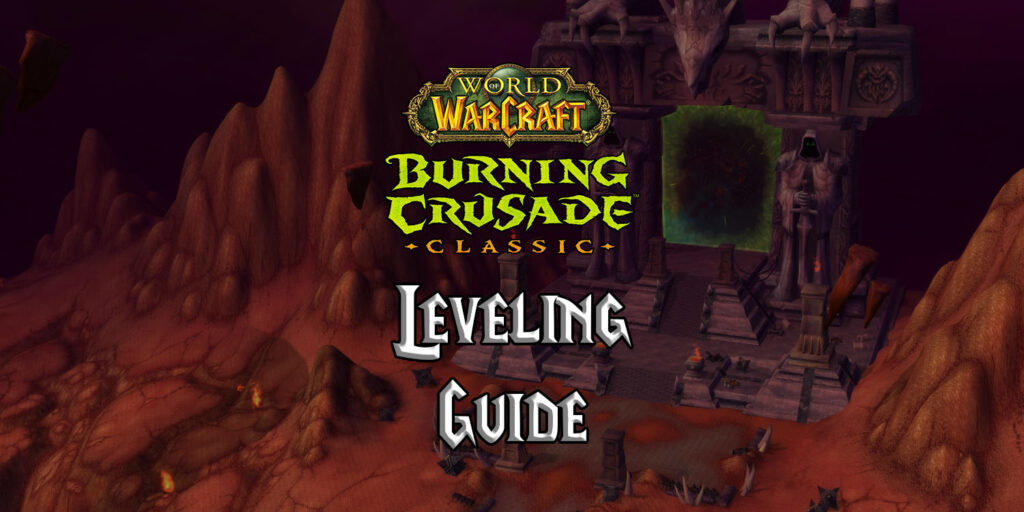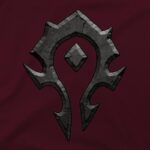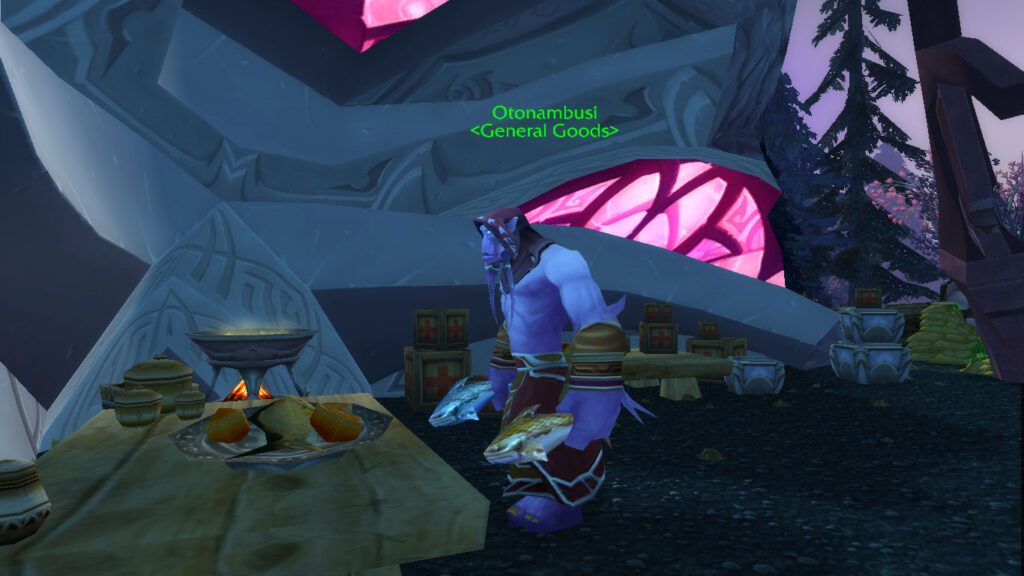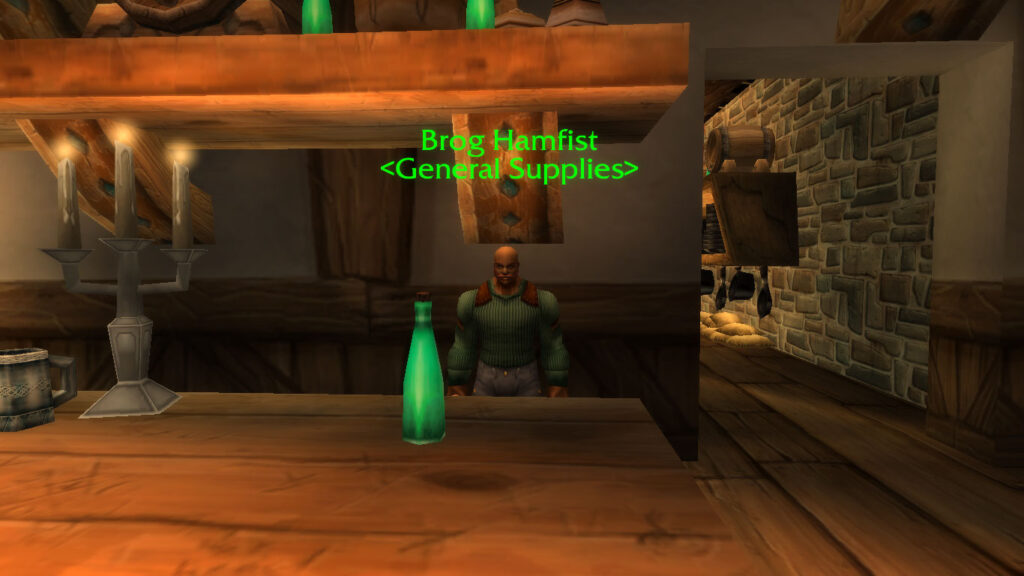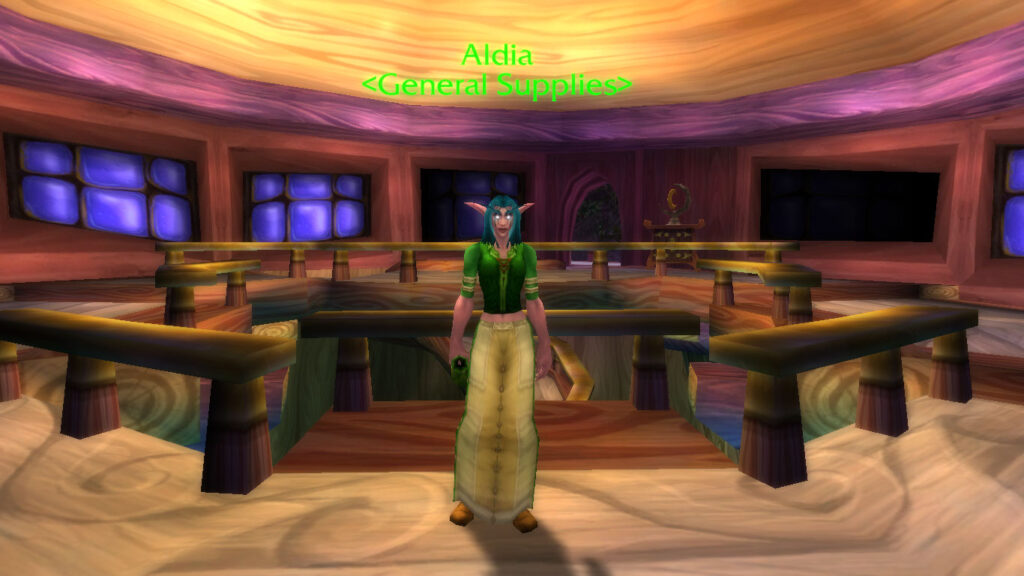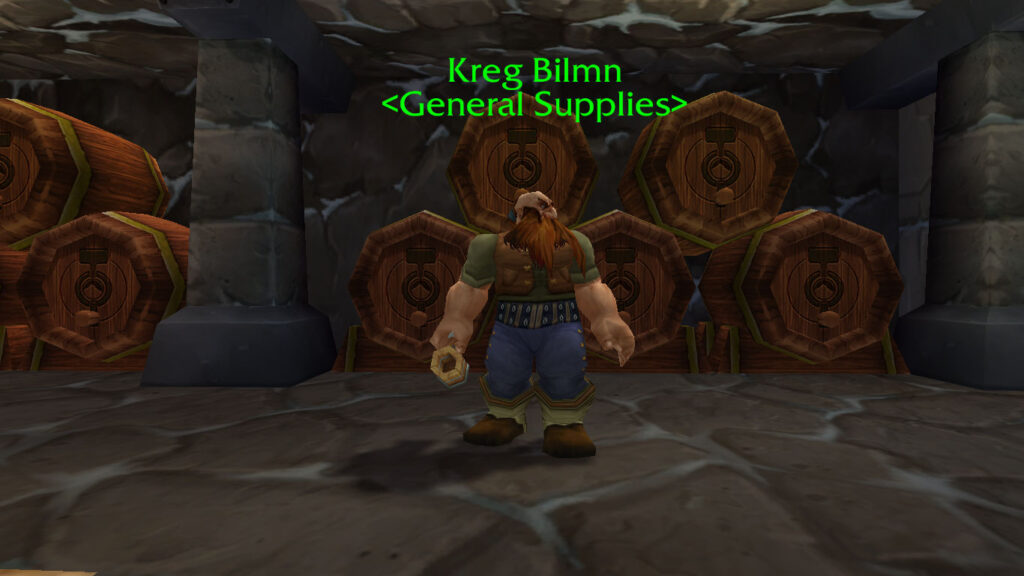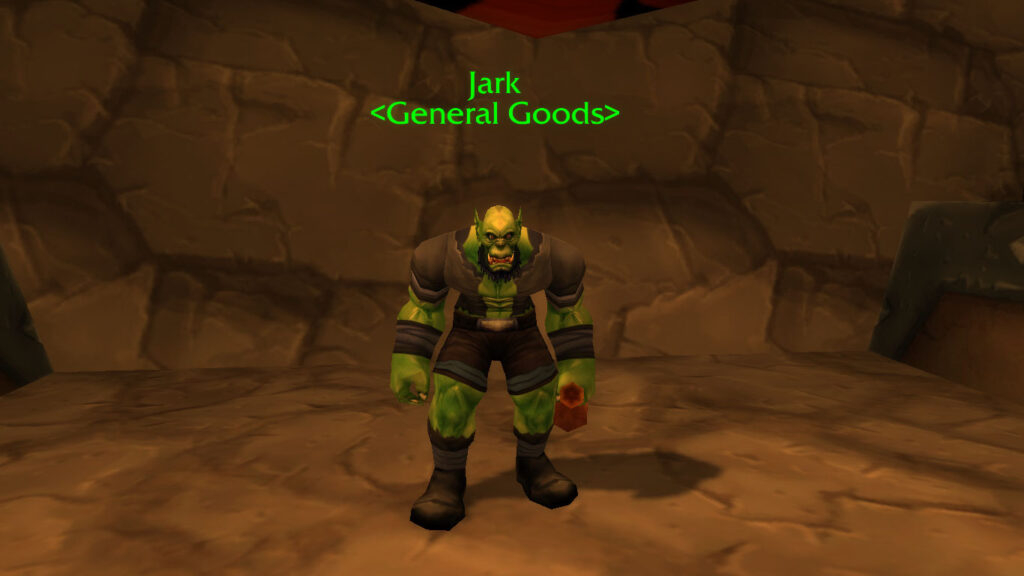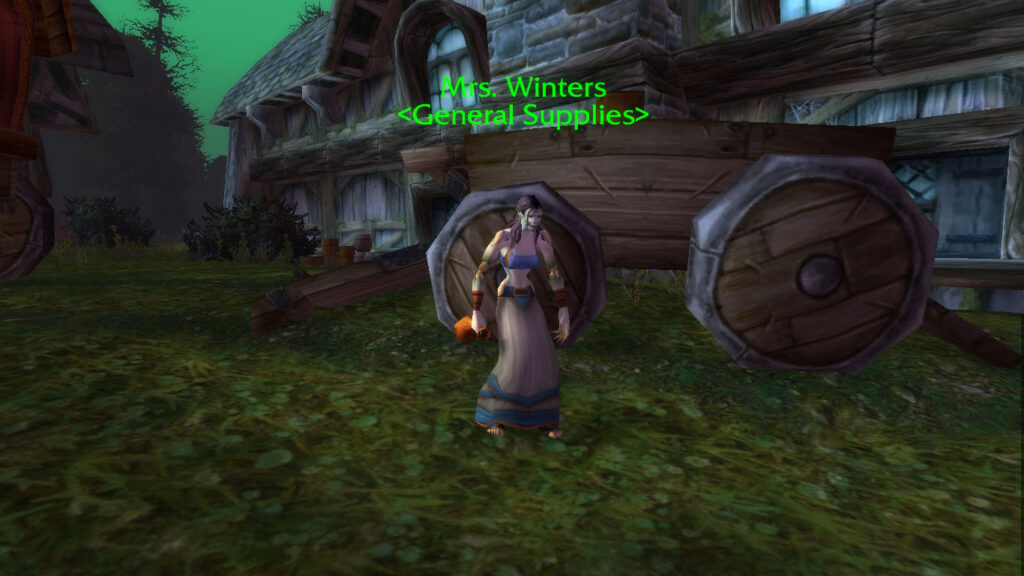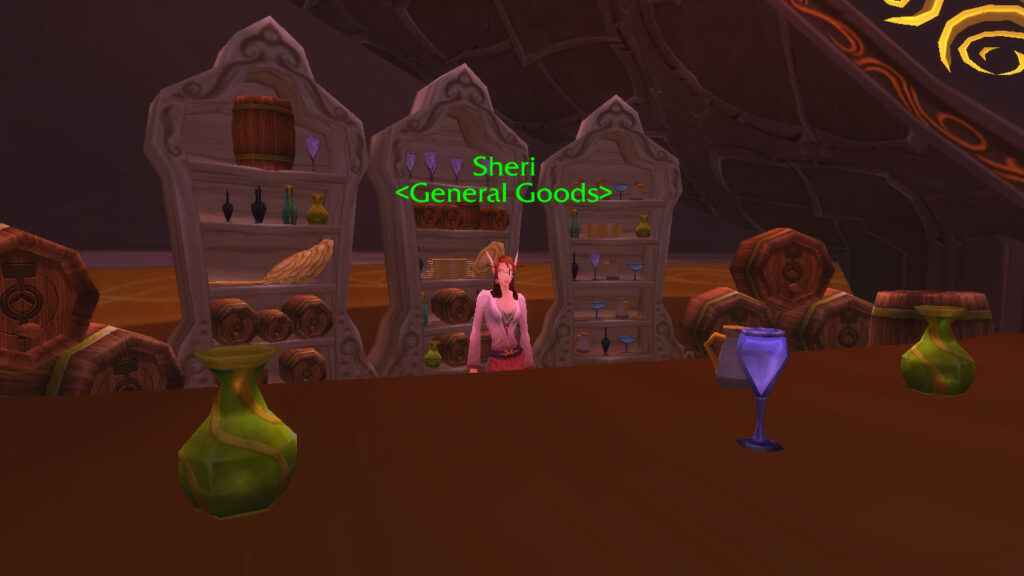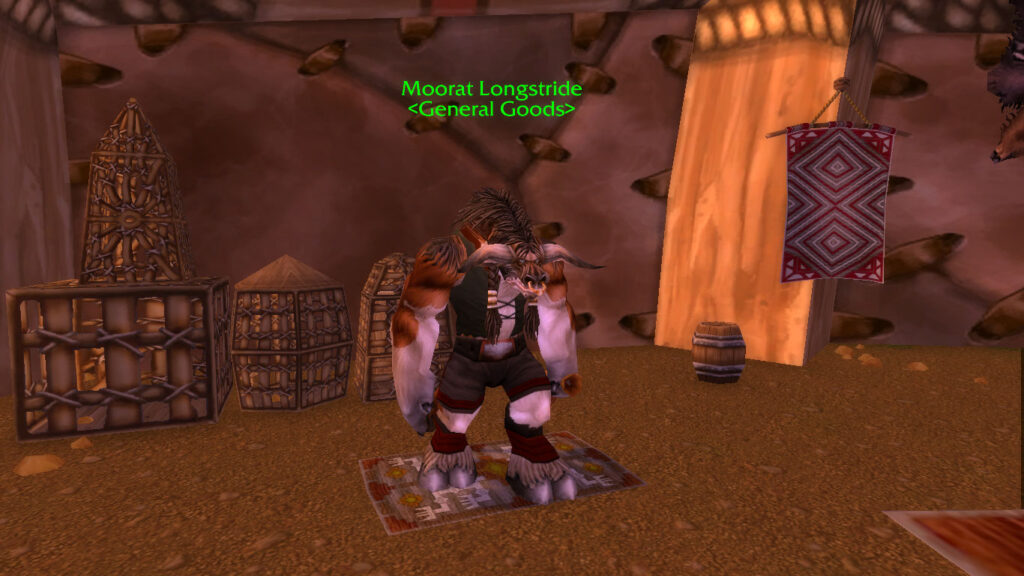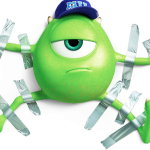- Author: Kurathis
- Date: May 3, 2021
- Updated: May 14, 2021
- Expansion: TBC Classic
Welcome to Warcraft Tavern’s leveling guide for World of Warcraft: The Burning Crusade Classic. In this guide you will find a plethora of information regarding changes from Classic to TBC Classic, tips on how to maximize your leveling efficiency and of course, you’ll also learn how to get started on your adventure in Azeroth!
Getting Started
Race/Class Combinations
When you first log in to World of Warcraft, you’ll be presented with the opportunity to create your first character. Certain race/class combinations are incompatible. For example, Humans can’t be Hunters and Taurens can’t be Paladins. Below we’ve compiled a list of compatible race/class combinations:
Alliance
- Human: Warrior, Paladin, Rogue, Priest, Mage, Warlock
- Dwarf: Warrior, Paladin, Hunter, Rogue, Priest
- Night Elf: Warrior, Hunter, Rogue, Priest, Druid
- Gnome: Warrior, Rogue, Mage, Warlock
- Draenei: Warrior, Paladin, Hunter, Priest, Shaman, Mage
Horde
- Orc: Warrior, Hunter, Rogue, Shaman, Warlock
- Undead: Warrior, Rogue, Priest, Mage, Warlock
- Tauren: Warrior, Hunter, Shaman, Druid
- Troll: Warrior, Hunter, Rogue, Priest, Shaman, Mage
- Blood Elf: Paladin, Hunter, Rogue, Priest, Mage, Warlock
For an easy-to-follow page, we encourage you to visit our Race/Class Combinations page.
Group Member Roles
- Tank: These are the players that have chosen to protect their allies from harm, holding their enemies’ attention while their party members deal damage to them.
- Playable Classes: Warrior, Paladin, Druid
- Healer: These are the players that have chosen to heal their party members of damage incurred and resurrect any party members that fall in combat.
- Playable Classes: Paladin, Druid, Priest, Shaman
- DPS: Also referred to as damage dealers, DPS stands for “Damage per second,” and refers to the players that have chosen to eliminate their enemies while the tank has their attention.
- Playable Classes: Warrior, Paladin, Druid, Priest, Shaman, Mage, Warlock, Hunter, Rogue
Types of DPS Roles
- Melee: These players are almost always in very close proximity to each mob to be able to hit them with their melee weapon. Melee DPS Classes: Warrior, Paladin, Druid, Shaman, and Rogue.
- Ranged: These players prefer to stay far away from the mob and attack from afar, helping to avoid any damage the boss may cause within melee range. Ranged DPS Classes: Druid, Shaman, Mage, Warlock, Priest, and Hunter.
Leveling in TBC Classic
Questing
- Questing is generally the most common form of leveling
- Questing often rewards players with equipment upgrades upon completion
- It also sometimes rewards players with reputation that allows them to purchase or obtain items of value later in the leveling process
Grinding
- Grinding refers to when you kill mobs repeatedly that are not part of a quest
- Grinding can be very efficient when done in a way that maximizes your rate of experience per hour. This can typically be achieved by playing specific classes such as Protection Paladin or Frost Mage practicing AoE (Area of Effect) pulls
- Grinding is most efficient when you are killing mobs of equal level (The level in their portrait is yellow – not green or red)
Dungeons
- Dungeons incorporate both questing and grinding
- Certain dungeons aren’t necessarily worth your time in terms of efficient leveling depending on your faction. For example, Horde wouldn’t benefit from The Stockade since they have no quests in there and every time they run into Stormwind, they’re bound to attract some unwanted attention. Alliance wouldn’t benefit from Ragefire Chasm for the same reasons.
- Grinding dungeons requires you have like-minded players in your group since there can be quite a bit of difficulty filling any positions left from players leaving. It also relies on you playing when other players are active (Finding a group at 3:00 AM on a server that isn’t populated with streamers may be difficult since many players are off the computer at that time – or they’re raiding and cannot join your group.)
Boosting
- Boosting refers to when a higher-level player runs you through a dungeon and does all the damage to the mobs
- In most boosting groups, it’s common to see a full party of players being boosted. This is generally done for the benefit of the player boosting since the more players being boosted, the more gold the booster is making, but it does also benefit the rest of the group since you’ll get more experience with 3 other party members within your level range than if it were just you
- While boosting is the most efficient way of leveling your character, it’s also pretty expensive to participate in these runs and is often out of reach for newer players
Leveling Zones Per Level
Alliance
- Starting Area: Elwynn Forest, Dun Morogh, Teldrassil, Azuremyst Aisle (1-10)
- Secondary Starting Area: Westfall, Loch Modan, Darkshore, Bloodmyst Aisle (10-20)
- Redridge Mountains / Ashenvale / Stonetalon Mountains (20-25)
- Wetlands / Duskwood / Hillsbrad Foothills (25-30)
- Stranglethorn Vale (North) / Thousand Needles (30-35)
- Desolace / Arathi Highlands (35-40)
- Stranglethorn Vale (South) / Badlands / Dustwallow Marsh (40-45)
- Tanaris / The Hinterlands / Feralas / Searing Gorge (45-50)
- Blasted Lands / Un’Goro Crater / Azshara / Felwood (50-55)
- Winterspring / Burning Steppes / Western Plaguelands / Eastern Plaguelands (55-60)
- Hellfire Peninsula (58-61)
- Zangarmarsh (61-63)
- Terokkar Forest (63-65)
- Nagrand (65-67)
- Blade’s Edge Mountains (67-68)
- Netherstorm (68-69)
- Shadowmoon Valley (69-70)
Horde
- Starting Zone: Tirisfal Glades, Durotar, Mulgore, Eversong Woods (1-10)
- Silverpine Forest, Ghostlands (10-20)
- The Barrens (10-30)
- Stonetalon Mountains (20-30)
- Ashenvale / Hillsbrad Foothills (25-30)
- Stranglethorn Vale (North) / Thousand Needles (30-35)
- Desolace / Arathi Highlands (35-40)
- Stranglethorn Vale (South) / Badlands / Dustwallow Marsh (40-45)
- Tanaris / The Hinterlands / Feralas / Searing Gorge (45-50)
- Blasted Lands / Un’Goro Crater / Azshara / Felwood (50-55)
- Winterspring / Burning Steppes / Western Plaguelands / Eastern Plaguelands (55-60)
- Hellfire Peninsula (58-61)
- Zangarmarsh (61-63)
- Terokkar Forest (63-65)
- Nagrand (65-67)
- Blade’s Edge Mountains (67-68)
- Netherstorm (68-69)
- Shadowmoon Valley (69-70)
We recommend checking out these guides to learn more about each class available in World of Warcraft: The Burning Crusade Classic to assist in your adventure throughout Azeroth!
Quests to Avoid in TBC Classic
You do not need to complete every quest in every zone you visit before moving on to the next. Many zones have questlines that exceed the level range for the zone. For example, Stranglethorn Vale is a zone that ranges from 30-45, but it’s not entirely possible to quest for those 15 levels. To help players determine the difficulty of quests, Blizzard has color-coded each quest in your quest log:
- Red quests are quests with objectives that are much higher level than you (5 levels or more). You can ask a higher-level player to help you with this or try forming a group to tackle it.
- Orange quests are quests with objectives slightly higher than your level (3 to 5 levels). Some classes have an easier time with completing higher-level quests such as Hunters or Warlocks due to having their own personal tank. Similar to red-colored quests, you can ask a higher-level player or try forming a group.
- Yellow quests are quests with objectives close to your level (2 levels below to 2 levels above). You should be able to complete these quests without much difficulty.
- Green quests are quests with objectives slightly below your level (3 levels to 10 levels below). You are very likely to be able to complete these quests yourself.
- Gray quests are quests with objectives much lower than your level (10 levels or less). Unlike when you kill a gray-leveled monster and get no experience, completing gray quests will still award you experience. Less than you’d get if it were green and above, but experience nonetheless.
With the release of TBC Classic, we’ll see Elite Quests be heavily reduced in difficulty so that players are now able to solo them. If you do still happen to find them difficult, don’t worry, there’s plenty of players that do! We’d recommend skipping them for the time being and returning once you’ve leveled up a bit, or asking for a group or a higher-level to assist you.
Leveling with Professions
- Gathering professions (Mining, Skinning, Herbalism) are a great choice to level up since you’ll be able to as you venture across Azeroth, leveling your character up
- Production professions (Blacksmithing, Leatherworking, Engineering, Jewelcrafting, Tailoring and Alchemy) often require you to purchase items from NPCs around the respective trainers in order to progress your skill
- Enchanting is also a good choice since you only have to craft a few items and be able to disenchant items you come across for the materials to be able to enchant items to increase your skill
- First Aid is a great profession to pick up for a few reasons:
- It is a secondary profession which means you can still learn two other primary professions
- It allows you to craft bandages to help heal you without using resources such as mana or food
- You can craft bandages with the cloth you loot from downed mobs. For example, Linen Cloth, Wool Cloth, Silk Cloth will be some of the cloth you come across that can be used for First Aid
- Gathering professions can supply you with some extra gold while leveling – while the income is low in the beginning, once you reach higher levels, it does increase
We recommend checking out the following guides for detailed instruction on how to level up each profession to maximum rank.
Grouping With Other Players
- Grouping with other players has several benefits; it allows players to complete quests they find too difficult to do on their own, it allows for players to socialize and meet new friends and it provides players the opportunity to learn and practice teamwork
- Using a mob that provides 100 experience when killed and same-level party members,
- When you are solo: 100 Experience
- When you have one party member: Each of you receives 50 Experience
- When you have two party members: Each of you receives 39 Experience
- When you have three party members: Each of you receives 33 Experience
- When you have four party members: Each of you receives 28 Experience
- An important note is that the only experience gains that are affected by this are the ones you receive from killing mobs – the experience you gain from completing quests is unaffected
General Leveling Tips
Normal and Rested Experience
- Rested experience allows you to gain a certain amount of experience at double the rate of regular experience. Regular experience is 100%, while rested experience is 200%.
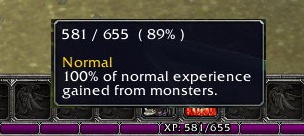
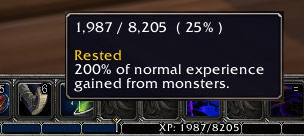
- The maximum amount of rested experience a player can accumulate at a time is 1.5 levels.
- Whenever possible, remember to log out at an inn or in a major city to accumulate rested experience while you are offline. While you are able to collect rested experience by logging out anywhere, it will accumulate much quicker in an inn or major city.
- When you are in an area that will provide quicker rested experience you will notice a chat bubble with “zzz” in the bottom corner of your character’s portrait.
- A blue experience bar means that you have rested experience while a purple bar means that you do not have rested experience.
- For a detailed breakdown of experience, we encourage you to visit our Guide to Rested Experience.
Your Hearthstone
Your Hearthstone allows you to return to wherever you have your “home base” set to. While it does have a 1-hour cooldown between uses, here are a couple tips to using it efficiently:
- In zones such as Elwynn Forest that have you running to each end to complete quests only to return to Goldshire to turn them in, you should be hearthing (using your Hearthstone) to avoid the walk back to town
- If you chose to play Paladin, you are able to use your Hearthstone while under the effects of spells like Divine Shield, Divine Protection and Blessing of Protection. This is often referred to as “Bubble-hearthing” and can remove you from danger
- Unlike Resurrection Sickness, your Hearthstone continues to reduce in cooldown when you are offline, so don’t be afraid to use it when you’re about to log off so you can accumulate some rested experience before your next time in Azeroth!
Something Often Overlooked, but Quite Handy!
In the top right-hand corner of your screen, you have what’s called a “mini-map,” allowing you to see nearby quest turn-ins, mining veins, herbs and more. What most players often overlook is that little magnifying glass on the left side. Here is a picture of it for you:
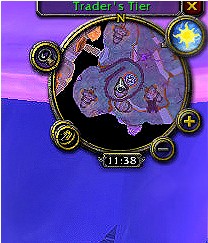
By clicking on it, it allows players to “track” various things such as your class trainer, places you can repair, where you can purchase reagents, food and water, profession trainers and more. “Tracking” refers to when you can see various things on the mini-map. If you have addons installed, their icons have a tendency of appearing beside the clock. You can click and drag to reposition these around the mini-map. Hunters have spells like Track Beasts that utilize the mini-map in the exact same way and they can use their tracking spells while tracking things like their class trainer, etc.
Increasing Your Bag Space
- When you first sign on, you will have access to one 16-slot bag with a Hearthstone and some food and water (if you are a class that uses mana) for a total of 13-14 open slots
- It’s common for you to find 6-slot bags off mobs in each starting area. The bags include color variations of Small Red Pouch
- If unlucky enough to not find bags from mobs, various small-capacity bags are often fairly cheap on the Auction House. You may also find other players that are looking to help new players out that can provide bags for you
- Expanding your bag space early on is a great idea since you will encounter quests that require you to collect a certain number of items and with the trash loot you will pick up, that fills bag space fairly quickly
- As an incentive to improve account security for players, Blizzard has offered players the opportunity to expand their 16-slot bag into a 20-slot bag by simply adding an authenticator to their account. You can read more about this by visiting Battle.net Authenticator website.
- Some quests reward the player with a bag such as, Poor Old Blanchy with Old Blanchy’s Feed Pouch or Handmade Leather Bag from Carry Your Weight, for example.
- If you don’t manage to find any Small Red Pouch or any variation of it as you begin your leveling, below you will find the first NPCs that will sell you bags for each race for as low as 4 silver 25 copper (If you don’t have Questie or another add-on that shows coordinates, no worries, just click the picture or NPC’s name to bring up a map with their location pinpointed):
Changes Introduced in TBC Classic
- The amount of experience needed to level from 20-60 has been reduced by 15%
- The amount of experience awarded for completing quests between level 30-60 has been increased
- You can now purchase your mount and training at level 30, down from 40. The price has been reduced to 33 gold 25 silver for the training and 9 gold 50 silver for the mount itself. Paladins and Warlocks are able to learn their mount summoning spell (Summon Warhorse and Summon Felsteed, respectively) from their respective class trainer at level 30, as well, for 95 silver.
TBC Classic Gear and Consumables
It is important to understand what your character needs to deal damage. For example, melee classes will rely on weapon upgrades to maintain their highest possible damage as they level up while casters look for spell damage equipment so their spells cause more damage and wands so they can deal damage while not using any mana.
Another important addition you can have in your arsenal would be consumables such as potions, flasks, elixirs and food buffs. While you can’t expect to use the top-of-the-line consumables as soon as you enter the game, you can use potions such as Minor Healing Potion at any level and Minor Mana Potion after reaching level 5 and every few levels you can obtain the next rank of potions. (Lesser Healing Potion at 3, Healing Potion at 12, etc.) We recommend looking at Healing Potions in Classic TBC for more information.
A great alternative to using potions and food is to maintain First Aid while you level. It takes only a few seconds to restore some health and best of all, it can be done while in combat, unlike food which requires you to be out of combat to sit down and eat. We definitely recommend checking our First Aid 1-375 guide to ensure you don’t miss a thing.
Remember to take breaks regularly
While World of Warcraft can be incredibly entertaining, it’s important to take breaks regularly to avoid headaches, interact with family and friends and to take care of yourself. Breaks can eventually add up to a lot of time spent away from the game, so if you are searching for efficiency, we’d recommend doing these things while you’re on an extra-long flight path, making the run from Menethil Harbor to Ironforge and maybe waiting in the PvP queue. By default, the “Auto-run” key is bound to the Numlock key on Windows, and Clear (fn-6) on Mac.

